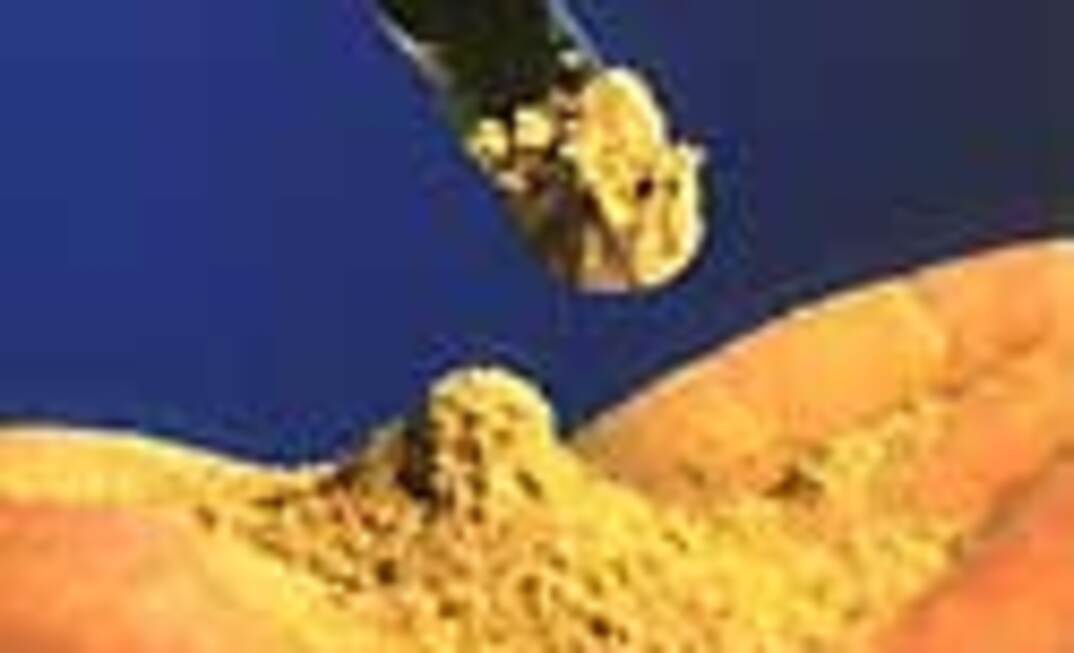Easily integrated with existing ash handling equipment, the cost-efficient technology can be retrofitted to existing coal-fired power systems to generate a safer, marketable by-product, according to DOE project manager Robert Patton.
Patton said the technology is an alternative to current treatments used to improve the physical and chemical properties of fly ash.
The innovative ozonation process blends the ash with ozone to render its carbon particles inactive and results in improved ash quality that meets concrete manufacture specifications. Once destined for landfill disposal or mine reclamation efforts, the improved fly ash is expected to find a permanent niche in the concrete marketplace.
“One of the biggest challenges to fly ash utilisation is managing the unburned carbon content," said Patton.
“By exposing the ash to ozone in a contained unit, we can improve the ash to the point of being a useful product that eliminates the carbon's negative impact during concrete production."
Used as a replacement for Portland cement in the production of concrete, the fly ash can reduce carbon dioxide emissions by approximately one ton for each ton of ash used. This is a significant benefit in addition to the inherent economic and environmental value of reusing the ash.
The ozonation technology was demonstrated at PPL Generation's Montour Steam Electric Station in Montour County, Pennsylvania. Tested at almost full-scale levels of 10 tons per day, the ozonation treatment was successful on various ashes, including low-carbon and activated-carbon-contaminated ashes.
“Over the last few years, we've been losing ash sales due to deteriorating quality," said PPL manager of ash operations Larry Labuz.
“The ozonation process provides an alternative to treating our fly ash, making it suitable for the concrete marketplace again – an obvious value for us."
Following the demonstration at PPL’s Montour plant, technical and economic analyses were conducted for full-scale, commercial design of the technology.
While the technology is financially advantageous over typical disposal options, results also show that it is cost competitive with existing ash beneficiation processes by a difference of up to $15 per ton of treated ash. Finally, the simple nature of the ozonation technology and the ease with which it can be integrated into existing systems could potentially reduce costs even further.
The technology behind the ash ozonation process began as bench-scale work in 2000 when DOE partnered with Brown University and the Electric Power Research Institute (EPRI) to conduct research on alternative ash beneficiation processes.

























